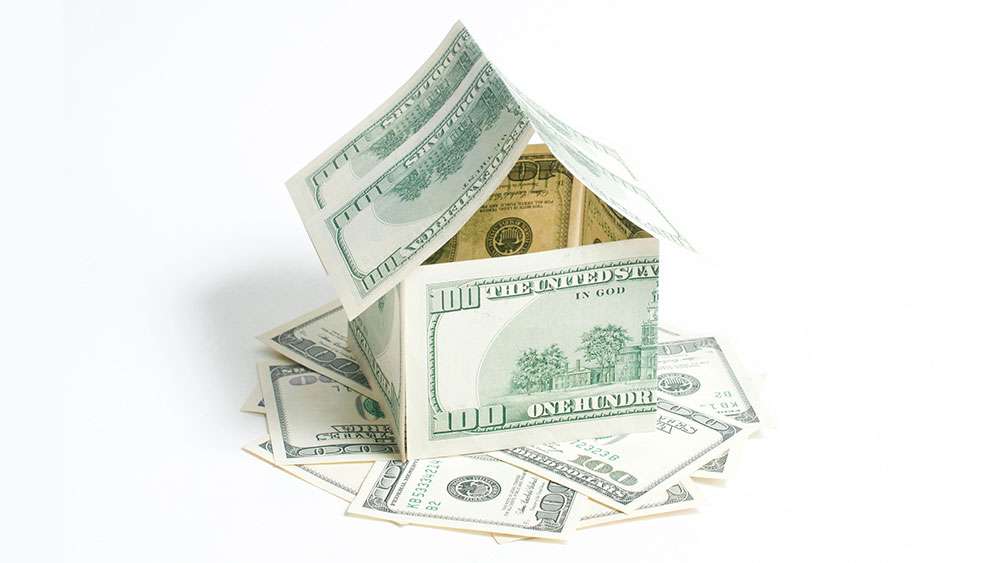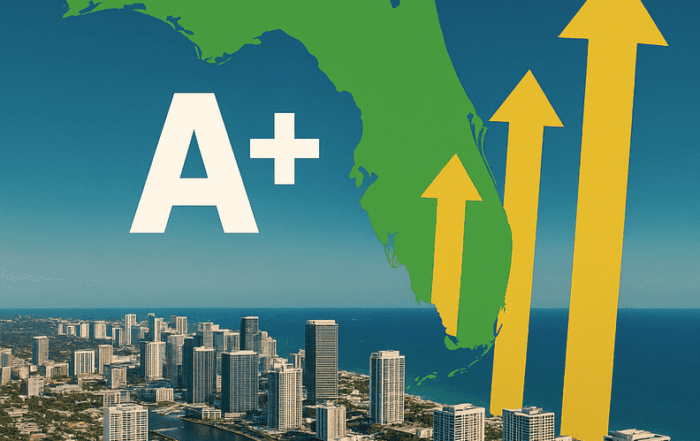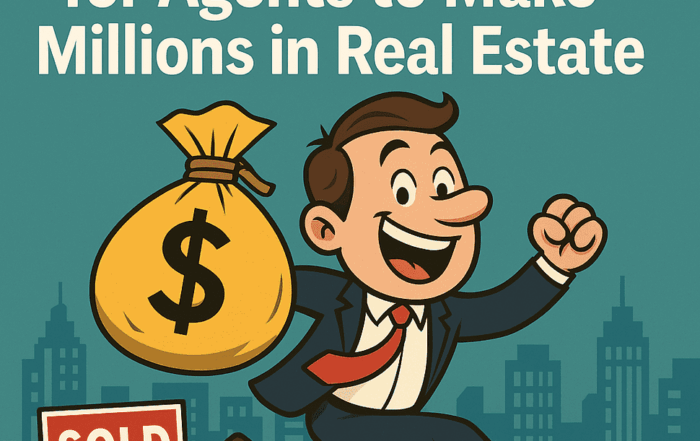Your home is more than just a place to live; it’s one of the most significant financial assets you’re likely to own. As you pay down your mortgage and your property’s value appreciates, you build home equity. This represents a powerful financial tool that can be leveraged to achieve a variety of goals.
Tapping into your home’s value can provide access to capital, often at a lower interest rate than other forms of credit. From funding major renovations to consolidating debt, the possibilities are extensive. This guide will walk you through what home equity is, how to access it, and the smartest ways to use it. We will also cover the critical risks to consider before making your move.
What is Home Equity, and How Do You Calculate It?
Before you can use your home’s equity, you must first understand what it represents and how to determine its value. In simple terms, home equity is the portion of your home that you own outright. It is the calculated difference between your home’s current market value and the outstanding balance on all loans secured by the property.
A Simple Formula for Your Financial Foundation
Calculating your home equity is a relatively easy process. You only need two key figures: your home’s current appraised value and your remaining mortgage balance. The difference between these two numbers reveals your financial stake in the property.
You can determine your available equity using this simple formula:
Current Market Value of Your Home – Remaining Mortgage Balance = Your Home Equity
For example, if your home is valued at $500,000 and you still owe $200,000 on your mortgage, you have $300,000 in home equity.
Two Ways Your Home Equity Grows
Your equity isn’t a static figure; it is a dynamic asset that typically grows over time. This growth is driven by your own actions and the movements of the broader real estate market. The two primary ways your home equity increases are through principal payments and property appreciation.
- Principal Payments: Depending on your type of mortgage, each payment you make can include a portion that pays down your principal loan balance. While part of your payment goes to interest, the principal portion directly increases your ownership stake. This is the most direct way you contribute to building equity.
- Property Appreciation: The real estate market, local development, and even inflation can increase your property’s market value. When your home’s value goes up, your equity grows along with it, assuming your loan balance decreases or stays the same. Home improvements you make can also directly contribute to appreciation.
Unlocking Your Home’s Value: 3 Key Methods
Once you have a substantial amount of equity, lenders offer several ways to turn that value into accessible cash. These financial products allow you to borrow against the portion of the home you own. The three most common methods are home equity loans, home equity lines of credit (HELOCs), and cash-out refinances.
The Home Equity Loan: A Lump-Sum Solution
A home equity loan is a type of second mortgage that allows you to borrow a fixed amount of money against your equity. You receive the funds in one lump sum payment after closing. You then repay the loan in fixed monthly installments over a set term, making it a predictable financing option.
This type of loan is best suited for large, one-time expenses where you know the exact cost upfront. Common uses include a major home renovation, significant medical bills, or consolidating a large amount of debt.
The Home Equity Line of Credit (HELOC): Flexible Funding
A HELOC functions more like a credit card that is secured by your home’s value. A lender approves you for a revolving line of credit up to a certain limit, and you can borrow and repay funds as needed. These financial tools almost always have variable interest rates that can fluctuate over time.
HELOCs typically have a “draw period,” often lasting 10 years, during which you can access the funds. This flexibility makes them ideal for ongoing projects with uncertain costs. They are also frequently used to create an emergency fund that can be tapped into when necessary.
Cash-Out Refinance: A Total Mortgage Reset
A cash-out refinance is not a second mortgage; instead, it replaces your existing mortgage with a new, larger one. You then receive the difference between the new loan amount and your old mortgage balance in cash at closing. This effectively rolls your new borrowing into your primary home loan.
This method is best for homeowners who can secure a lower interest rate on their primary mortgage while also accessing cash. It allows you to take advantage of favorable market conditions to both reduce your mortgage rate and get the funds you need.
Smart Strategies for Using Home Equity Wisely
Accessing your equity is a significant financial decision that should not be taken lightly. Using the funds strategically can substantially improve your financial health and help you build long-term wealth. However, frivolous spending can put your most valuable asset at risk.
Funding Home Improvements to Boost Value
One of the most popular and prudent uses for home equity is reinvesting it back into the property. Strategic renovations, such as a kitchen or bathroom remodel, can improve your quality of life. They can also significantly increase your home’s market value, helping you recoup the cost over the long term.
Consolidating High-Interest Debt
If you are struggling with high-interest debt from credit cards or personal loans, using home equity can be a prudent move. This is because home equity financing is secured by your property; therefore, it typically offers much lower interest rates. Also, it can potentially save you thousands in interest payments and simplify your finances into a single monthly payment.
Investing in Your Future: Education and Business
Using home equity to fund a college education, earn an advanced degree, or seed a new business venture are all investments in your future. These uses have the potential to generate long-term returns that far outweigh the cost of borrowing. It can be a cost-effective way to finance opportunities for growth.
Understanding the Risks: When to Be Cautious
While powerful, using your home equity is not without serious risks. Your home is likely your most valuable asset, and it is crucial to understand the potential downsides before borrowing against it. A clear understanding of the risks is essential for responsible borrowing.
Your Home is the Collateral
Unlike unsecured debt from a credit card, home equity loans and HELOCs are secured by your property. This means your home serves as the collateral for the loan. If you fail to make your payments for any reason, the lender has the legal right to foreclose on your home.
The Dangers of Overborrowing
It can be tempting to borrow the maximum amount a lender offers, but this can be a dangerous financial trap. Overborrowing can leave you “house poor,” with little equity left and a higher monthly payment that strains your budget. An economic downturn could even leave you owing more than your home is worth, a situation known as being “underwater.”
Closing Points
Your home equity is a testament to years of diligent payments and responsible ownership. When used thoughtfully, it can be an invaluable tool for improving your financial standing, upgrading your home, and investing in your future. This financial power, however, demands careful consideration and a clear plan.
Before moving forward, you must assess your financial stability and have a clear purpose for the funds. Most importantly, you need to understand and respect all the associated risks. By borrowing responsibly, you can harness the power of your home’s value to build a more secure financial future.
Pick your expert. Book your free 15-minute consult now. We are here to help!
Our Top Articles
Why You Should Sell Your Deals with Us
Let’s keep it real—wholesaling ain’t easy. You lock up a deal, hustle to find a [...]
Landlords, Listen Up: Florida’s A+ Economy Is Coming—Here’s Why 2025 Still Makes Sense
Florida’s A+ Economy in 2026: What This Means for Landlords, Renters, and Real Investors Like Me By Jorge Vazquez, [...]
What It Really Takes for Agents to Make Millions in Real Estate
What It Really Takes for Agents to Make Millions in Real Estate Inspired by a Fellow Featured Agent—Kat Palmiotti [...]
Property Profit Academy:
✔ Learn to buy properties with little to no money down.
✔ Build a $10M portfolio step by step.
✔ Master strategies like BRRRR and house hacking.








